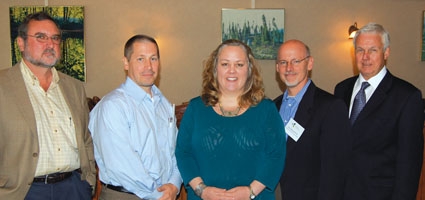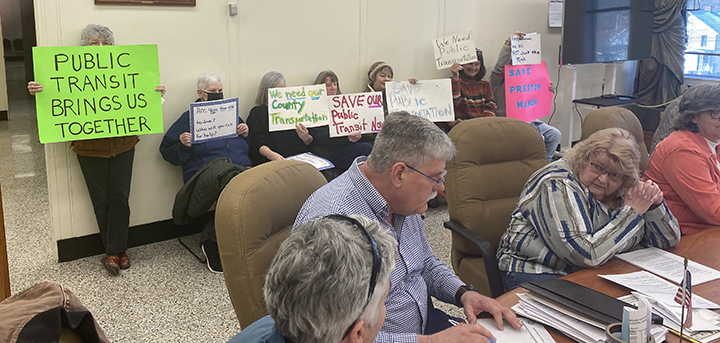Lean business focus of chamber breakfast
NORWICH – Steve Palmatier admits that when he walks into an office, he often counts the reams of copy paper he sees lying around. It’s a habit which the president of Walking Ridge Development chalks up to his days in manufacturing, when he was encouraged to by a major customer to cut costs.
“It wasn’t a suggestion; it was a mandate,” he said.
But by following the directive and instituting lean manufacturing techniques, he was able to not only cut costs, but also waste. The end result was a more efficient business model which was able to meet the customer’s price points without sacrificing profitability.
The experience also had a profound impact on Palmatier himself, who says it fundamentally changed the way he looks at processes and the workplace. Including the amount of inventory kept on hand, hence his habit of counting copy paper.
Palmatier shared this tale yesterday with approximately 50 area business leaders and elected officials, all of whom had gathered to learn more about “lean” as it applies to both the private and public sector during the latest installment of Commerce Chenango’s “Good Morning, Chenango!” breakfast series.
The session, titled “Building a High Performance Organization,” was held at Park Place Restaurant. NBT Bank sponsored the event.











Comments